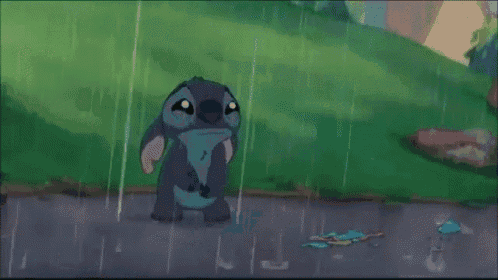How many words for “rain” are there in the Hawaiian language?
Like the Islands themselves, ʻŌlelo Hawaiʻi, the Hawaiian language, is a living, breathing part of the native culture. This relationship between land and language is displayed in details such as how many terms exist in Hawaiian for “rain” alone: more than 200. This breadth of names is highly specific and descriptive, a reminder of how thoughtfully ancient Hawaiians observed and were connected to their environment. With these words they distinguished Hawaii’s rains in many ways: by color, intensity, duration, at what times they would arrive, the angles or paths they’d fall in, or how a certain rain is linked to a place or area throughout the Islands.
There’s the kili noe, a fine, light rain; not to be mistaken for the kili ʻohu, which was even finer and lighter. Depending on where you lived on Oʻahu, when the rain fell in a shape that would circle your home, that was a pōʻaihale rain. The island of Niʻihau has a special rain, the kulu pākakahi, which appears in November.
There’s a rain named called Hukiheʻenehu, given to a Hilo rain for when the nehu fish was running. When this misty rain fell off the southeast coast of Hawaiʻi Island, Hawaiians knew it meant to pull up their nets and catch them.
Rain names like hoʻopala ʻōhiʻa indicated when the native ʻōhiʻa would ripen, and the Hoʻopuluhīnano indicated where on Kauaʻi the hīnano grew. The kuāua is a name given to a rain without wind extending over a small area. The Hawaiian sweet potato farmer would count this rain to help determine when it was time to plant.
Hawaiians are also informed spiritually and emotionally by them. Apo pue kahi is a name given to a rain that’s felt after a loved one passes.
It’s clear Hawaiians valued rain and its intricacies. English descriptions of rain are limited when held up to Hawaiian, a reminder of how disconnected we’ve become to land in comparison.

Comentarios
Publicar un comentario